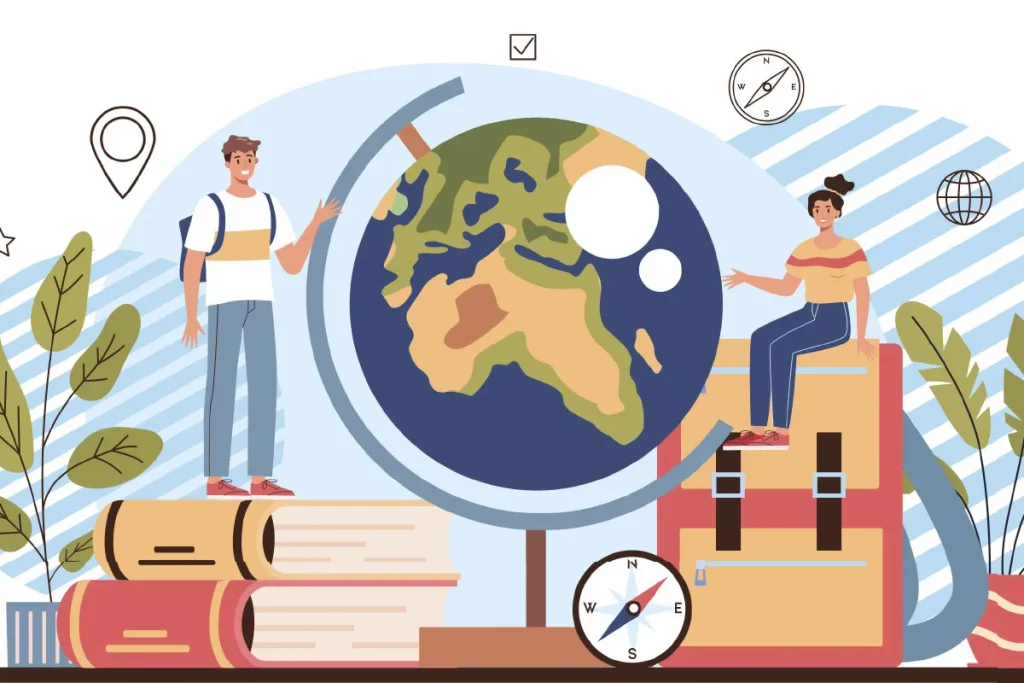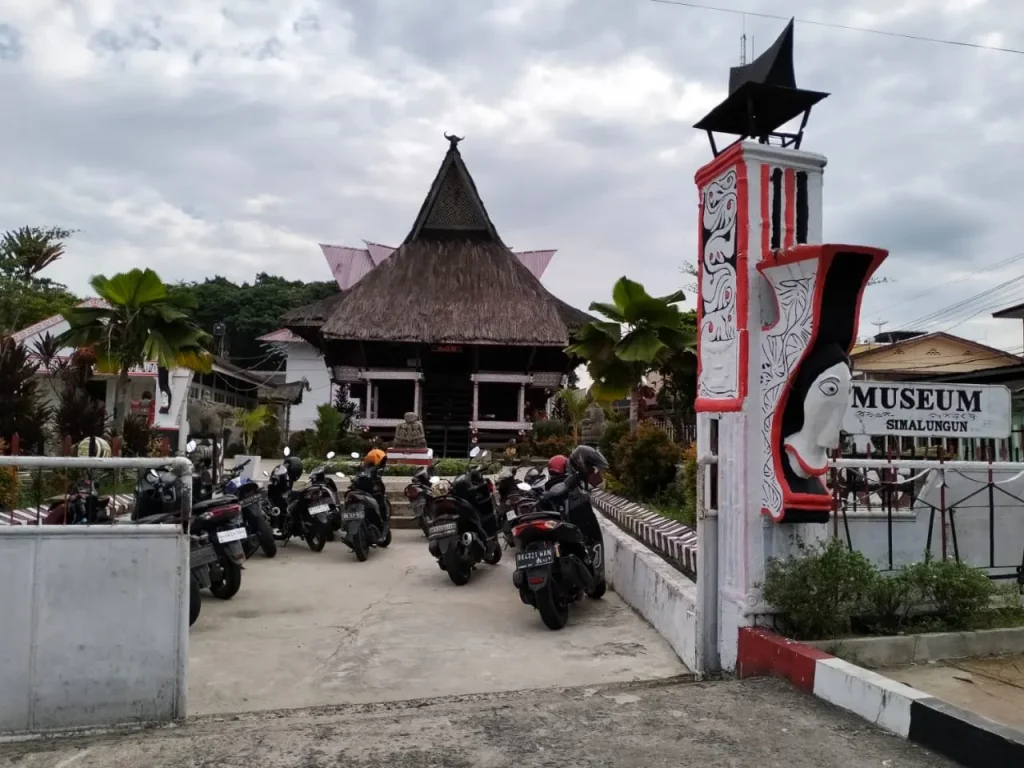Geography education plays a pivotal role in shaping how we understand the world around us. It goes beyond memorizing maps or learning about countries and capitals; it is about fostering a deeper understanding of the relationships between people, places, and the environment. Through geography, students gain insights into how the world functions, how human activities impact the planet, and how to navigate and interact with different regions and cultures.
At the heart of geography education is spatial awareness—the ability to recognize and understand the spatial relationships between different places and phenomena. This skill is essential for understanding patterns in the environment, interpreting maps, and making sense of global challenges, from climate change to urbanization.
In this article, we will explore the importance of geography education, how spatial awareness shapes our understanding of the world, and the methods teachers can use to make geography both relevant and engaging.
The Importance of Geography Education

Geography is essential because it helps us understand the physical world and the societies that inhabit it. It encourages critical thinking, problem-solving, and awareness of global issues, and it is fundamental in helping students become informed global citizens. Here are some key reasons why geography education is so important:
1. Understanding Physical Landscapes
Geography teaches students about the world’s physical features, such as mountains, rivers, deserts, and oceans. By studying these features, students understand how the Earth’s surface was shaped, how natural processes work, and how human activities have altered or are affected by the natural environment.
For instance, understanding the geography of tectonic plates helps students grasp the causes of earthquakes and volcanoes, and knowing about climate zones aids in understanding regional weather patterns and the impact of climate change.
2. Global Awareness
In a rapidly interconnected world, geography education is essential for fostering a global perspective. It provides students with a sense of where places are located, how cultures differ, and how events in one part of the world can impact another. Geography helps to promote cultural understanding and empathy, which are crucial for fostering peaceful international relations.
For example, students who learn about world religions, languages, and economic systems are better equipped to appreciate cultural diversity and respond thoughtfully to global challenges, such as refugee crises or international trade relations.
3. Environmental Awareness
With growing concerns about environmental sustainability, geography education plays a central role in helping students understand the relationship between human activities and the environment. Topics such as deforestation, pollution, and conservation efforts highlight the importance of managing natural resources responsibly.
By studying geography, students gain a deeper understanding of sustainability, climate change, and how human activities impact ecosystems. This knowledge can motivate students to become stewards of the environment and contribute to solutions for global environmental challenges.
4. Developing Spatial Awareness and Critical Thinking
Geography helps students develop spatial thinking—the ability to visualize, analyze, and understand spatial relationships. This includes reading and interpreting maps, understanding geographic coordinates, and recognizing patterns in landscapes and human settlements.
Spatial awareness is not only vital for geography; it is also a critical skill in various fields, such as urban planning, architecture, navigation, and environmental science. By learning to think spatially, students can better comprehend how the world is organized and make more informed decisions in their everyday lives.
How Geography Education Fosters Spatial Awareness
Spatial awareness is at the core of geography education. It involves understanding where things are in relation to each other, how places are connected, and recognizing patterns in the world. Here are a few ways in which geography fosters spatial awareness:
1. Using Maps and Globes
One of the most fundamental tools in geography education is the map. Learning to read different types of maps—such as political, physical, topographic, and climate maps—helps students understand spatial relationships. By interpreting maps, students learn about coordinates, latitudes and longitudes, and how physical features are represented geographically.
Modern tools, like Google Earth and GIS (Geographic Information Systems), have revolutionized how geography is taught. These technologies allow students to explore the world in 3D and analyze spatial data, giving them a deeper and more interactive experience.
2. Understanding Human Geography
In addition to physical geography, human geography focuses on the spatial distribution of populations, cities, cultures, and economies. By studying urbanization, migration, and land use, students learn about the patterns and processes that shape the world we live in.
For example, students can explore how cities grow and change over time, how trade routes influence economic development, and how migration patterns shape global populations. Human geography makes spatial awareness relevant by showing how people’s activities are interconnected with the physical world.
3. Exploring Climate and Environmental Patterns
Understanding how climate and geography intersect is a key part of spatial awareness. Students learn about the climatic zones of the world, from tropical rainforests to polar ice caps, and how these zones influence the lives of people, animals, and ecosystems.
4. Using Data to Analyze Patterns
Geography involves analyzing data to uncover patterns and relationships. Students can work with data sets related to population growth, income distribution, health, and natural resources to draw conclusions about the world’s geography. These exercises foster spatial thinking by showing how human and environmental factors interact over time.
For example, using data about the distribution of natural resources can help students understand the economic geography of a region and how it impacts trade, development, and international relations.
Innovative Methods to Make Geography Education Engaging
To make geography education both engaging and relevant, teachers can use a variety of innovative methods that encourage active learning and critical thinking. Here are some ideas:
1. Interactive Technology
Interactive tools like Google Earth, ArcGIS, and various mapping software allow students to explore the world virtually. Teachers can create virtual field trips, where students “travel” to different countries, visit historical sites, or observe environmental changes over time. These tools also allow students to collect, analyze, and visualize geographical data in real-time.
2. Project-Based Learning
Project-based learning (PBL) involves students working on real-world geography challenges. For example, students might design a sustainable city, create a map of local natural resources, or investigate the impacts of climate change on specific regions. PBL encourages collaboration, creativity, and problem-solving, and helps students connect geography knowledge to their everyday lives.
3. Field Trips and Outdoor Learning
Field trips to local parks, urban centers, or historical landmarks can help students connect theory with reality. Fieldwork encourages direct observation and interaction with geographical features, such as rivers, mountains, and urban areas, fostering a deeper understanding of the environment. Additionally, outdoor learning helps students develop a sense of place and a personal connection to the world around them.
4. Gamification
Geography can be taught through games, quizzes, and interactive challenges. For example, students might participate in a geography bee, engage in online geography games, or take part in a simulation where they must solve global challenges. Gamification makes learning fun while reinforcing geographical concepts and skills.
5. Global Collaboration
Connecting with classrooms around the world allows students to learn about geography from different perspectives.
Conclusion
Geography education is not just about teaching locations; it’s about fostering a deeper understanding of the world, developing spatial awareness, and connecting students to global issues. By using interactive technology, real-world projects, and engaging teaching methods, educators can make geography education both relevant and engaging.



